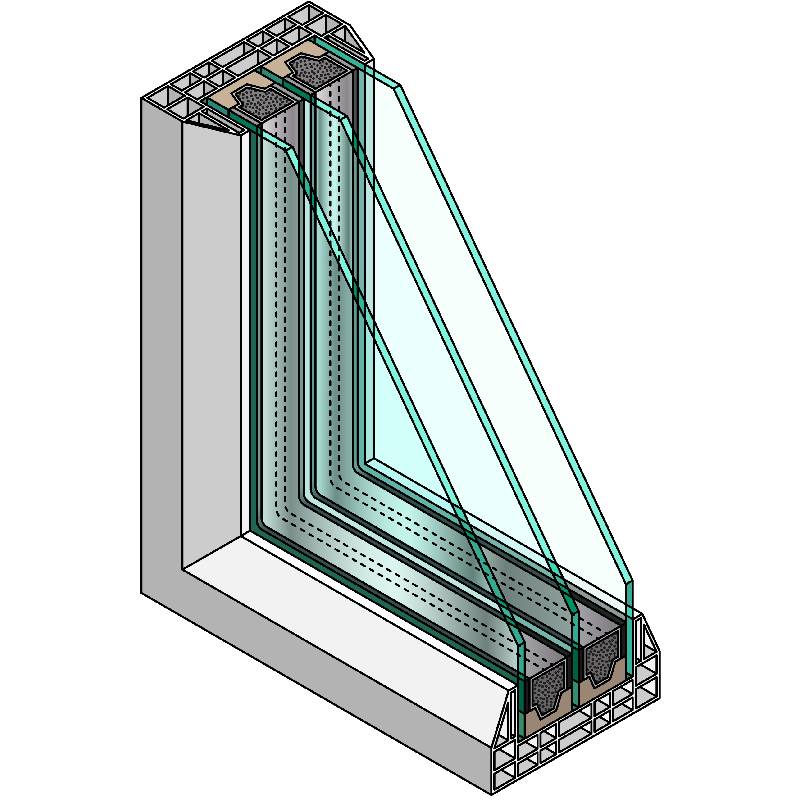

Tempered Laminated Glass A Comprehensive Overview
Tempered laminated glass is a notable innovation in the field of architectural design and construction, combining the strengths of tempered glass and laminated glass. This type of glass is renowned for its safety, strength, and aesthetic appeal, making it a popular choice for various applications, including buildings, vehicles, and furniture. In this article, we will explore the characteristics, manufacturing process, advantages, and applications of tempered laminated glass.
What is Tempered Laminated Glass?
Tempered laminated glass is created by bonding two or more layers of tempered glass with an interlayer, often made of polyvinyl butyral (PVB)—a tough and durable plastic. The glass layers are first tempered, which involves heating them to a high temperature and then cooling them rapidly. This process increases the glass's strength and thermal resistance. The laminated aspect comes from the interlayer, which not only holds the glass together upon breakage but also adds an extra layer of protection against the elements.
Manufacturing Process
The manufacturing of tempered laminated glass involves several key steps
1. Cutting and Preparing Glass Sheets High-quality glass sheets are cut to the desired size. Any imperfections are meticulously inspected to ensure quality.
2. Tempering The cut glass sheets undergo a tempering process where they are heated to about 620-650 degrees Celsius and then cooled quickly. This process alters the internal structure, creating compressive stress on the surface that makes the glass more resistant to impact and temperature changes.
3. Lamination After tempering, the glass sheets are assembled with a PVB interlayer. The layers are placed in a vacuum chamber to ensure that any air bubbles are eliminated. Once set, the assembly is subjected to high heat and pressure, which causes the interlayer to bond tightly with the glass sheets, creating a strong and durable laminate.
4. Finishing Touches Finally, the tempered laminated glass is cut and polished to meet the specifications for delivery or installation. This ensures that the product is not only functional but also visually appealing.
Advantages of Tempered Laminated Glass
1. Safety One of the most significant benefits of tempered laminated glass is its safety. In the event of breakage, the glass shatters into small, less harmful pieces that are trapped by the interlayer, reducing the risk of injury.

2. Enhanced Strength The combination of tempering and lamination provides exceptional strength. This makes the glass resistant to impact, making it suitable for high-traffic areas and locations prone to vandalism.
3. UV Protection The PVB interlayer can block up to 99% of harmful UV rays, helping to protect interior furnishings and occupants from sun damage.
4. Noise Reduction The laminated layer acts as a sound barrier, effectively reducing noise transmission, which is particularly advantageous in urban environments.
5. Thermal Insulation Tempered laminated glass also offers thermal insulation properties, aiding in energy efficiency by keeping indoor environments comfortable.
Applications
Tempered laminated glass finds use in various sectors and applications, including
- Architectural Applications It is widely used in windows, facades, and storefronts due to its aesthetic appeal and durability.
- Automotive Industry The glass serves as windshields and side windows in cars, providing safety and protection against impact.
- Furniture In modern design, tempered laminated glass is often featured in tables, shelves, and partitions for its stylish look and robustness.
- Security Applications Banks, jewelry stores, and other establishments often use tempered laminated glass for security purposes, as it is difficult to break through.
Conclusion
Tempered laminated glass offers a blend of safety, strength, and style that makes it a preferred choice across various industries. Its unique combination of tempered and laminated properties caters to both functional needs and aesthetic desires, reinforcing its position in modern architectural solutions. As technology continues to advance, we can expect to see further innovations in glass products, enhancing their performance and versatility even more. With its myriad advantages, tempered laminated glass will undoubtedly remain a staple material in the design and construction landscape.